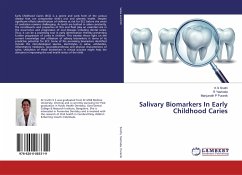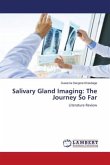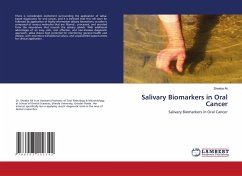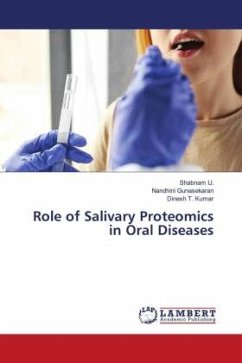The dental caries affect the salivary proteome. Consequently saliva appears to be a potential source of biomarkers for dental caries. After the analysis of several studies, there are various proteins candidate for a biomarker role of dental caries, namely, sIgA, mucins 1 and 2, cystatin S, statherins, defensins, CD14 and glucosyltransferase B. The caries susceptibility is measured by the DMFT index, which gives information about the individual caries experience in the past and present. For the assessment of dental health at the time of the study, the DMFT fails, since it cannot distinguish the present experience from the past experience of dental caries. The criteria for dividing individuals into groups with low, moderate and high caries experience are not uniform, varying from study to study, which may contribute to conflicting results. Further studies are needed to define a benchmark to infer whether the individual has an increased risk of caries for an actuation in an early stage.








